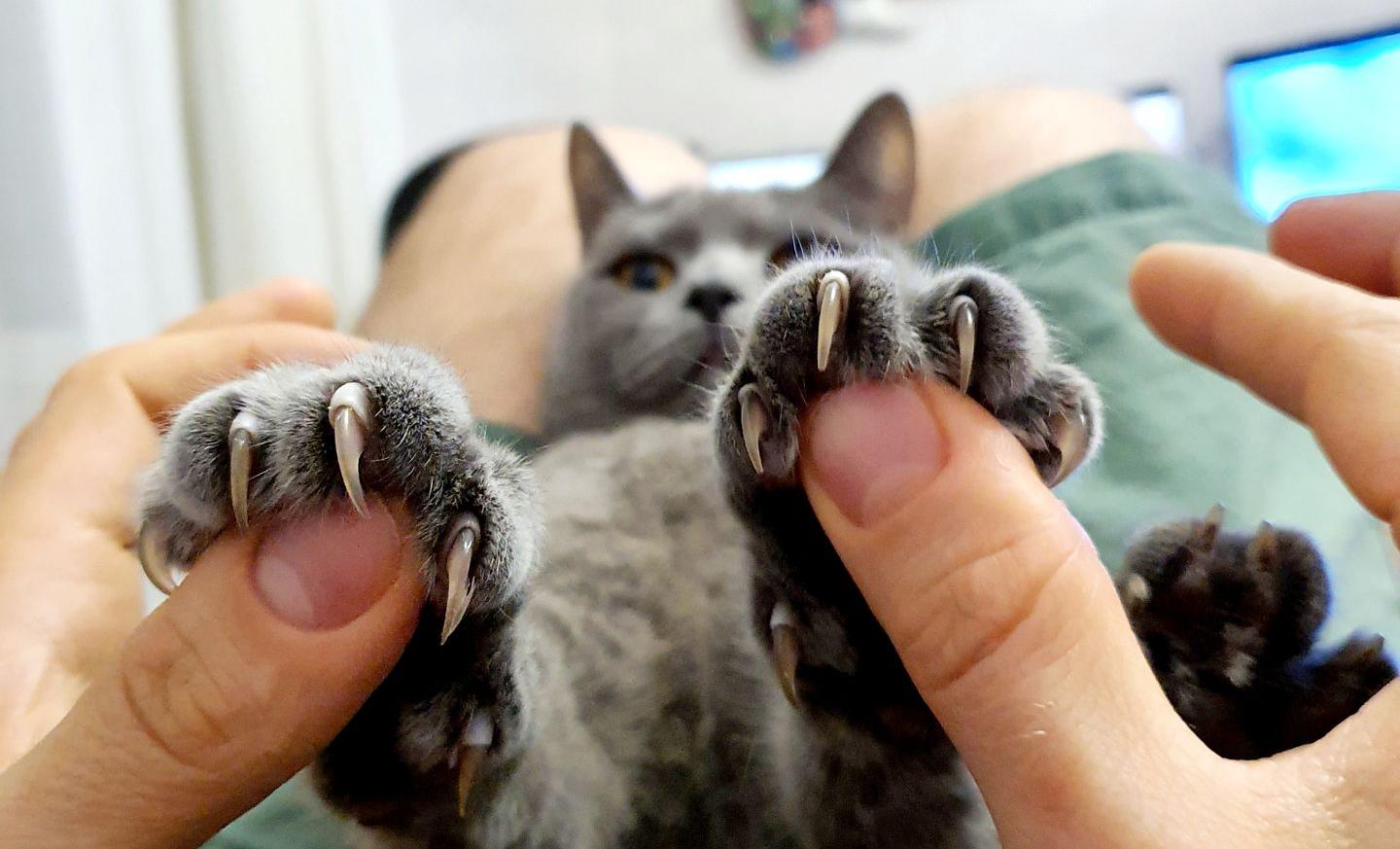Many states considering bans on cat declawing
A recent poll conducted by the Animal Legal Defense Fund reveals that nearly 70% of veterinary professionals oppose cat declawing. This opposition stems from the growing recognition of the procedure's painful and long-term harmful effects on cats. The survey highlights that younger veterinarians and those with less experience are particularly supportive of banning the practice. With states like New York, Maryland, Washington, D.C., and Virginia already implementing bans, the movement is gaining momentum as more states consider similar legislative measures.

Veterinary perspectives
Veterinarians are increasingly vocal about the effects of cat declawing and the ethical implications of the procedure.
In an interview for Alley Cat Allies, Dr. Jennifer Conrad, founder of The Paw Project, says, "It's not really a medical procedure because it doesn’t benefit the cat in any way. It's almost purely done to stop cats from scratching furniture". Dr. Conrad emphasizes that as a veterinarian, her primary duty is to protect animals, not household items.
Brenda Barnette, General Manager of Animal Services in Los Angeles, notes that post-declawing behavioral issues are a significant problem: "We had so many declawed cats brought in because they had terrible litter box habits and were biting". This highlights the unintended consequences of the procedure, which often lead to more serious behavioral problems than the scratching it aims to prevent.
The American Association of Feline Practitioners (AAFP) strongly opposes declawing, stating that it is an ethically controversial procedure and not medically necessary in most cases. It emphasizes the importance of educating cat owners on alternatives such as providing scratching posts, regular nail trimming, and using synthetic nail caps.
Dr. Catherine Lund supports the American Veterinary Medical Association (AVMA) policy on cat declawing, which discourages the procedure and emphasizes the importance of professional judgment and client education.

How is declawing handled elsewhere in the world?
Cat declawing has been banned or restricted in various regions worldwide. In the United States, New York, Maryland, Washington, D.C., and Virginia have already implemented bans. New York was the first state to enact a statewide ban in 2019, setting a precedent for other states to follow.
Globally, declawing is illegal in many countries. In the United Kingdom, Switzerland, and Israel, declawing a cat can lead to severe penalties, including hefty fines and prison sentences. For example, in Israel, the penalties for declawing can include a $20,000 fine and up to a year in prison. The procedure is also banned in Australia, New Zealand, and most European countries.
In Canada, eight out of ten provinces have outlawed declawing. The Canadian Veterinary Medical Association (CVMA) and the provinces' individual veterinary associations have played crucial roles in these legislative changes, emphasizing animal welfare and the availability of alternatives.
The U.S. has been slower to adopt nationwide bans. Cultural and historical factors contribute to this resistance, as declawing has long been a routine procedure in American veterinary practice. Approximately 25% of cats in the U.S. are declawed, and the majority of veterinarians still perform the surgery, despite being widely opposed to it.
The opposition to declawing bans often centers around concerns that clawed cats may be relinquished due to destructive scratching behaviors. However, evidence from regions with bans suggests otherwise. In Los Angeles, which banned declawing in 2009, there was a 43.3% reduction in owner-surrendered cats in the five years following the ban compared to the five years prior. This data indicates that banning declawing does not lead to increased relinquishment rates and may actually contribute to better overall feline welfare.

Want to see the data?
Details from the Animal Legal Defense Fund poll are freely available on the ALDF website. Follow this link for the complete poll report.